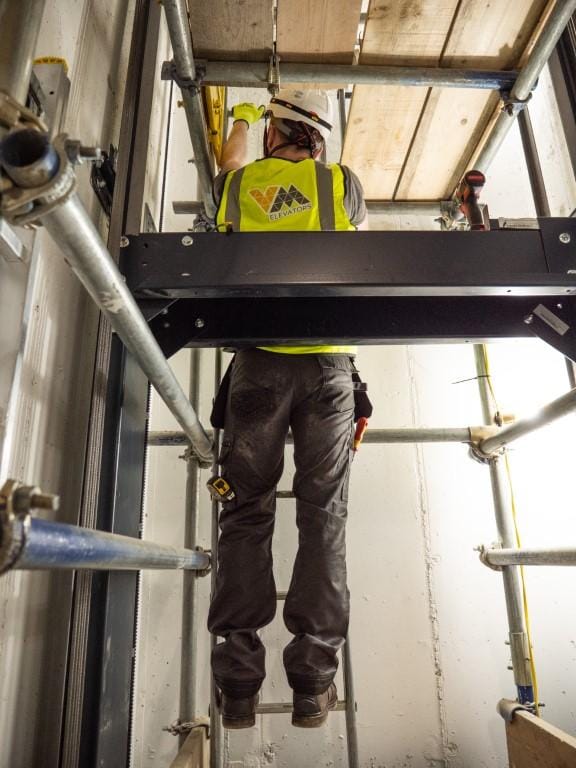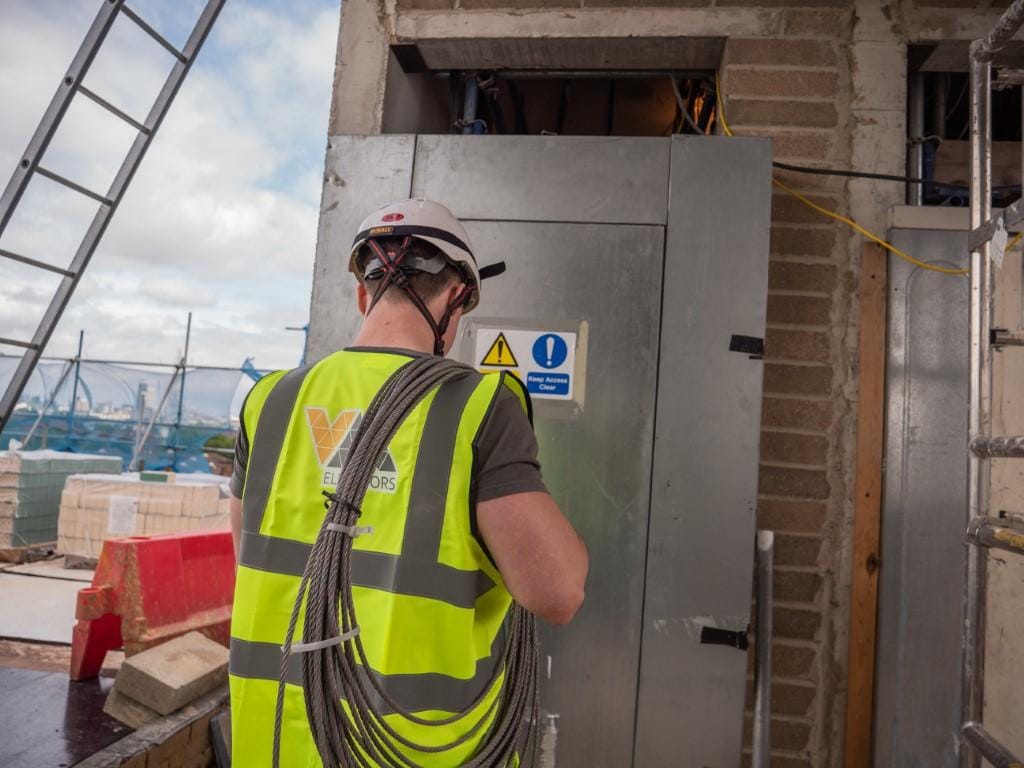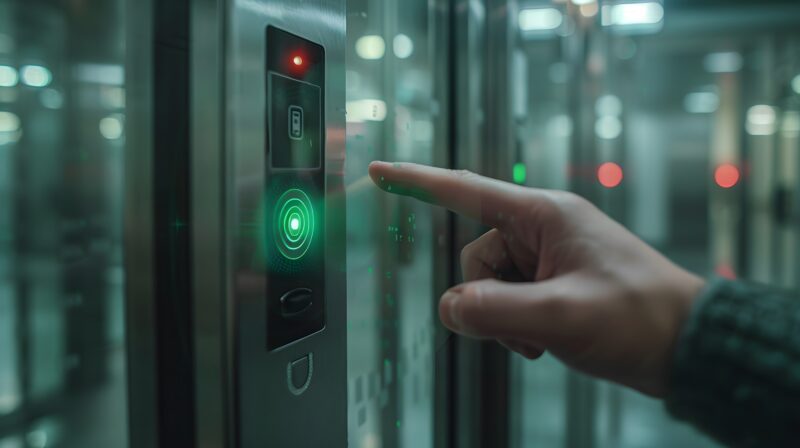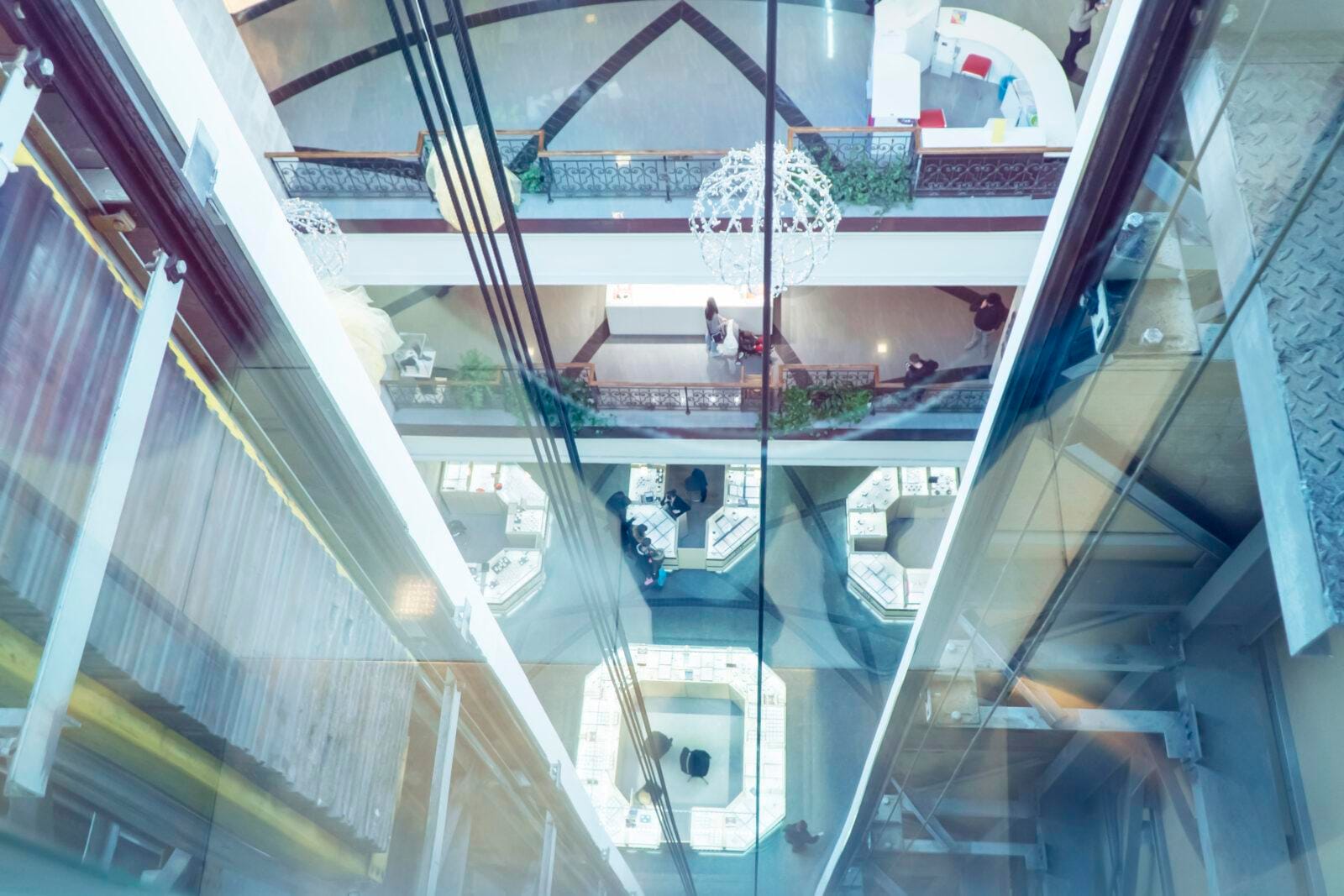Comprehensive Guide to Lift Installation in the UK
When it comes to enhancing accessibility in both commercial and residential buildings, lift installation plays a pivotal role. Whether you’re considering a passenger lift for a high rise building or a platform lift for easier access to different floors, understanding the lift installation process is essential.
This comprehensive guide delves into the various facets of lift installation in the UK, including the relevant building regulations, types of lifts available, and how to choose the right lift installers.
Why Choose VM Elevators for Lift & Escalator Installation in the UK
At VM Elevators, we pride ourselves on being a trusted partner in lift and escalator installations across the UK. With a commitment to delivering high-quality, tailored solutions, we have built a reputation for excellence within the industry.
Our approach is rooted in technical expertise and a deep understanding of UK safety standards, ensuring every project meets the highest regulatory requirements. We work closely with architects, builders, and facilities managers to design and install lifts that are not only safe and efficient but also fully accessible for all users.
What sets VM Elevators apart is our meticulous attention to detail at every stage of the process—from initial planning through to installation and ongoing maintenance. Our highly experienced team of lift installers brings extensive industry expertise, ensuring precision and reliability in every project. We maintain an exceptional safety record and consistently deliver on time and within budget. We will never put our name on a product that doesn’t stand the test of time. We are conscious and committed to ensuring the products we fit, are to the highest quality standards – which in turn saves your business or building money over a long protectory, reducing downtime.
When it comes to lift installation, no two projects are the same. That’s why we tailor our services to meet the specific needs of each building and client, offering solutions that enhance both the functionality and value of the property.
With a growing lift installation portfolio of successful installations, VM Elevators is proud to be recognised as a leader in the UK’s lift and escalator industry. We combine cutting-edge technology, uncompromising safety standards, and exceptional customer service to deliver installations that are made to last.
What is the Lift Installation Process in the UK?
Understanding the Steps Involved in Lift Installation
The lift installation process comprises several critical steps to ensure a smooth installation process.
These steps are very important as they ensure a successful and compliant installation that meets regulations, which means your lift not only works well but most importantly is safe.
Many management companies might already have a lift in their property which they need taken out of service and replaced with an upgraded system.

For some, starting from scratch involves bringing in an architect to collaborate closely with builders and lift installers. Typically, this type of lift installation process begins with a thorough site assessment to determine the most suitable lift for the building. This evaluation considers factors such as lift shaft dimensions, existing infrastructure, and the specific needs of the passengers and the usage. Once the appropriate lift type—whether a passenger lift, goods lift, platform lift, hydraulic, motor less etc.—is selected, the next step is the design and planning phase. This includes integrating all necessary components, such as the lift car, control systems, and safety mechanisms.
- Sign-off on logistics and plans: The installation process begins once all logistics and plans are reviewed and signed off by the relevant parties.
- Installation phase: The lift is physically installed in the designated lift shaft, requiring careful coordination between mechanical installation teams and electrical engineers.
- Health and safety compliance: Throughout the installation, strict adherence to health and safety requirements, including the UK’s Health and Safety at Work Act 1974 and LOLER 1998, is essential to ensure the safety of workers and the integrity of the installation.
- Mechanical and electrical integration: The lift car, motor, control systems, and electrical components are installed and integrated into the building’s infrastructure.
- Post-installation testing: After installation, rigorous testing is conducted to verify that the lift operates smoothly and safely. This includes compliance with British Standard BS EN 81 safety regulations.
- Final approval and certification: Before the lift is officially put into service, it must pass all required safety inspections and be certified to meet UK building regulations.
Key Considerations for a Successful Installation
Achieving a successful lift installation requires careful planning and attention to several crucial factors. These considerations ensure that the lift meets safety standards, functions effectively, and provides long-term reliability for users.
- Compliance with safety regulations: Safety is paramount, and all lift installations must strictly adhere to UK regulations. Standards like the Health and Safety at Work Act 1974 and LOLER 1998 set out the minimum requirements for safety and performance. Meeting these regulations guarantees that your lift installation is legally compliant and safe for all users.
- Accessibility for all users: Ensuring accessibility is essential, particularly for users with disabilities. Lift installations must comply with the Equality Act 2010 to cater to everyone’s needs. This includes features like wide enough doors for wheelchair users, tactile buttons, and audible signals for visually and hearing-impaired passengers.
- Qualified lift installers: Engaging experienced, qualified professionals is critical for a successful installation. Lift installers should have a thorough understanding of both the technical aspects of lift systems and UK building regulations to ensure the project meets all safety and compliance standards. Choosing the right team can make a significant difference in the overall quality of your lift installation.
- Ongoing lift maintenance: Regular maintenance is essential for the longevity and safety of any new lift installation. By following the requirements set out in LOLER and PUWER, regular inspections and upkeep will ensure your lift remains reliable and safe for users, avoiding costly repairs and downtime in the long run.
Common Challenges in the Installation Process
- Space constraints in older buildings:
Older residential buildings often have limited space for lift shafts, which can complicate the installation of larger passenger lifts. - VM Elevators’ solution: We specialise in designing and installing compact and bespoke lift systems, such as MRLs or platform lifts, to accommodate tight spaces while maintaining functionality and safety. Our team assesses each building carefully to tailor the lift design to its specific constraints.
- Unforeseen structural issues:
Once installation begins, unexpected structural problems can arise, impacting the installation process. - VM Elevators’ solution: Our team conducts thorough site assessments and remains adaptable. With years of industry expertise, we swiftly address and resolve structural challenges, minimising delays and ensuring the lift installation stays on track.
- Coordination with other contractors:
Working alongside multiple contractors, particularly in commercial projects with tight timeframes, can cause delays if schedules aren’t perfectly aligned. - VM Elevators’ solution: VM Elevators excels in project management and collaboration. We maintain clear communication with all contractors involved, ensuring smooth coordination and minimising disruptions to the installation timeline.
- Compliance with building regulations:
Meeting the wide array of building regulations can be complex, especially for intricate installations. - VM Elevators’ solution: VM Elevators has extensive knowledge of UK safety and building regulations. We ensure every installation fully complies with legal standards, providing peace of mind and avoiding costly compliance issues down the line.
With the right expertise and attention to detail, VM Elevators are effectively able to manage any challenges that arise, delivering reliable, safe, and efficient lift installations.
What are the Building Regulations & Legal Requirements for Lifts in the UK?
Overview of Lift Regulations 2016
The UK lift regulations 2016 were established to enhance safety standards and operational efficiency across the UK.
These regulations encompass various aspects of lift installation, including design, construction, and maintenance requirements. For instance, every lift installed must comply with the British Standard for lifts, which outlines the necessary safety components and performance criteria that must be met. These regulations are critical as they ensure essential safety requirements are met so that your lifts are safe for passenger use and function as intended.
It is the lift owners duty to ensure that they are compliant and meet all Lifting Operations and Lifting Equipment Regulations 1998 (LOLER)
Lifts also fall under the regulations of Provision and Use of Work Equipment Regulations 1998 (PUWER)
Compliance with regulations is a legal requirement so it is imperative that you follow these regulations and part of that is ensuring you choose a reputable and experienced lift installation company.
How Building Regulations Affect Lift Installation
Building regulations in the UK have a profound impact on the lift installation process. Compliance with these regulations ensures that lifts are not only safe but also accessible to all users. For example, lift installations in residential buildings must accommodate individuals with mobility impairments, which often requires specific design features. Furthermore, the regulations dictate the minimum dimensions of the lift shaft and the lift car, as well as the required load capacities for different types of lifts.
Failure to comply with these building regulations can lead to significant repercussions, including fines, forced modifications, or even legal action. Therefore, understanding and adhering to the relevant regulations is paramount for anyone involved in the lift installation process.
Compliance Requirements for Residential Buildings
For residential buildings, the compliance requirements for lift installation are particularly stringent. These requirements focus on ensuring that lifts are accessible to all residents, including those with disabilities. This often includes specific design mandates, such as the installation of tactile buttons, auditory signals, and adequate space within the lift car for wheelchair users.
Moreover, residential lifts must meet specific safety standards, which include emergency communication systems and automatic return features in case of power failure. Adhering to these compliance requirements not only enhances safety but also ensures that the lift installed meets the needs of the diverse population in residential buildings across the UK.
What Types of Lifts are Available for Installation?
Differences Between Passenger Lifts and Platform Lifts
When considering lift installation, it’s crucial to understand the various types of lifts available. Passenger lifts are designed primarily for transporting people between floors in commercial and residential buildings. These lifts typically feature larger dimensions and higher load capacities, making them suitable for buildings with significant foot traffic.
In contrast, platform lifts are generally smaller and ideal for environments where space is limited. They provide a practical solution for enhancing accessibility in public spaces and residential buildings. Platform lifts can be installed both indoors and outdoors, making them a versatile choice for various applications.
For a complete list of the different types of lifts available and their specifications, please visit our lift installation page.
Choosing the Right Type of Lift for Your Needs
Selecting the right type of lift involves considering several factors, including the building’s layout, expected passenger volume, and available budget. If the primary goal is to enhance accessibility, a platform lift or home lift may be the best option. Conversely, for buildings anticipating high foot traffic, a larger passenger lift is essential.
Future lift services and maintenance considerations are also vital in your decision-making process. Choosing a lift that is easy to service and maintain like an MRL will ensure its longevity and optimal performance over time.
What are the Lift Requirements for Installation?
Essential Specifications for Lift Installation
Lift installation requirements encompass various essential specifications to ensure safety and functionality. Key specifications include:
- Lift shaft dimensions: Must accommodate the selected lift type.
- Electrical and mechanical requirements: Necessary for the lift’s operation.
- Safety components: Must include emergency brakes and communication systems to ensure passenger safety during operation.
Understanding Load Capacity and Dimensions
Understanding load capacity and dimensions is critical when selecting a lift for installation. Each lift type has specific load capacity specifications that dictate how much weight it can safely carry. For example, passenger lifts are designed to handle higher load capacities compared to platform lifts, making them suitable for environments with significant foot traffic.
Additionally, the lift car dimensions must meet the needs of its intended users. For instance, a lift in a residential building should provide ample space for accessibility, while a lift in a commercial setting may need to accommodate larger groups of passengers. Ensuring these specifications align with the building’s requirements is essential for a successful lift installation.
Accessibility Considerations for Passengers
Accessibility is a fundamental aspect of lift installation, particularly in public and residential spaces. The lift design must cater to all users, featuring elements such as tactile buttons, audible signals, and sufficient space within the lift car for mobility aids. Additionally, the lift should be positioned at an easily reachable height and provide a smooth, comfortable ride to enhance the overall passenger experience.
How to Choose the a reputable lift installation company
Qualities to Look for in Lift Installation Professionals
Choosing the right lift installers is crucial for a successful installation. Look for experienced professionals with relevant qualifications and expertise in lift installation. They should be familiar with the latest lift regulations and building codes and have a proven track record of successful installations. Request references and check online feedback to assess their reliability. Additionally, effective communication skills are essential for keeping you informed throughout the installation process.
Questions to Ask Potential Lift Installers
When interviewing potential lift installers, it’s important to ask pertinent questions to evaluate their expertise and reliability. Enquire about their experience with similar projects, familiarity with the specific type of lift you wish to install, and their approach to compliance with building regulations. Furthermore, ask about their lift maintenance services and how they manage inspections to ensure ongoing adherence to health and safety requirements.
Time To Install: Lift Installation Steps
Drop Off: The various lift components, such as the cabin, counterweights, and guide rails, are transported to the installation site. In building sites where multiple lifts are being installed, heavy machinery, like a crane or forklift, may be necessary to securely unload these components.
- Lift Assembly: The lift components are assembled according to the manufacturer’s guidelines. This includes installing the guide rails, car, counterweights, and drive mechanism.
- Lift Shaft Installation: If there isn’t an existing lift shaft, one will be constructed to precise specifications, ensuring structural stability and adherence to safety standards.
- Electrical Wiring and Connections: The lift’s electrical system and control circuits are installed, linking the lift to the building’s power source. Safety features like emergency stop buttons, interlocks, and lighting are incorporated during this stage.
- Testing and Commissioning: After installation, the lift undergoes thorough testing to ensure proper and safe operation. This step includes inspecting mechanical and electrical systems and verifying that safety features function correctly.
- Final Inspection and Certification: Following successful testing, a final inspection is carried out by the appropriate authorities to confirm compliance with safety regulations. Once approved, a compliance certificate is issued, completing the process.
Lift Maintenance
Although the installation process may seem complete, ongoing maintenance is vital to ensure the smooth operation of your lift, meet legal obligations, ensure passenger safety, and minimise future repair costs.
At VM Elevators, we specialise in comprehensive maintenance services for lifts and escalators, focusing on the continuous operation and safety of all vertical transport systems. Our skilled technicians conduct regular inspections, lubrication, and adjustments to prevent potential issues and enhance the equipment’s longevity. With our proactive approach, we swiftly address any arising problems, prioritising user safety, client satisfaction, and smooth vertical mobility.
All our maintenance agreements are approved by the Lift & Escalator Industry Association (LEIA), of which we are proud members. We also provide 24/7 emergency breakdown support for all holders of our maintenance contracts.
REQUIRE A NEW LIFT OR ESCALATOR INSTALLATION?
If you’re looking for a lift installation company that meets and exceeds all the necessary requirements mentioned above, you’ve come to the right place. At VM Elevators, we offer premium lift design and installation services, setting the benchmark in safety, energy efficiency, and reliability. Our operations team meticulously assesses every project, ensuring seamless integration of state-of-the-art vertical transportation tailored to each client’s needs. From residential buildings to commercial and public complexes, our installations guarantee smooth vertical mobility while adhering to the highest industry standards.
With a commitment to excellence and customer satisfaction, we deliver unparalleled lift installation solutions, enhancing accessibility for all.
for a no-obligation consultation about our new lift and escalator installation services.
View our prestigious array of work, in London, Essex and the UK Nationwide.
New Lift Consultation for a no-obligation consultation about our new lift and escalator installation services.
View our prestigious array of work, in London, Essex and the UK Nationwide.
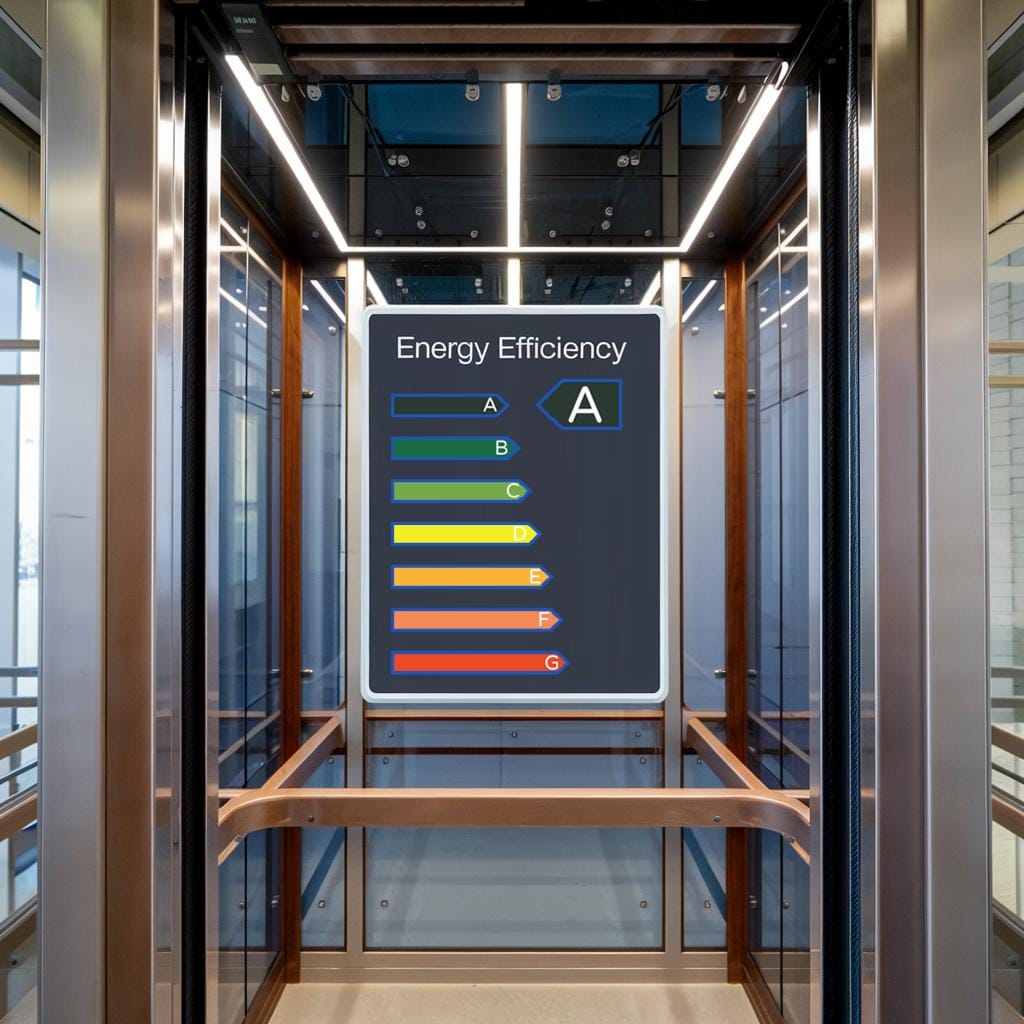
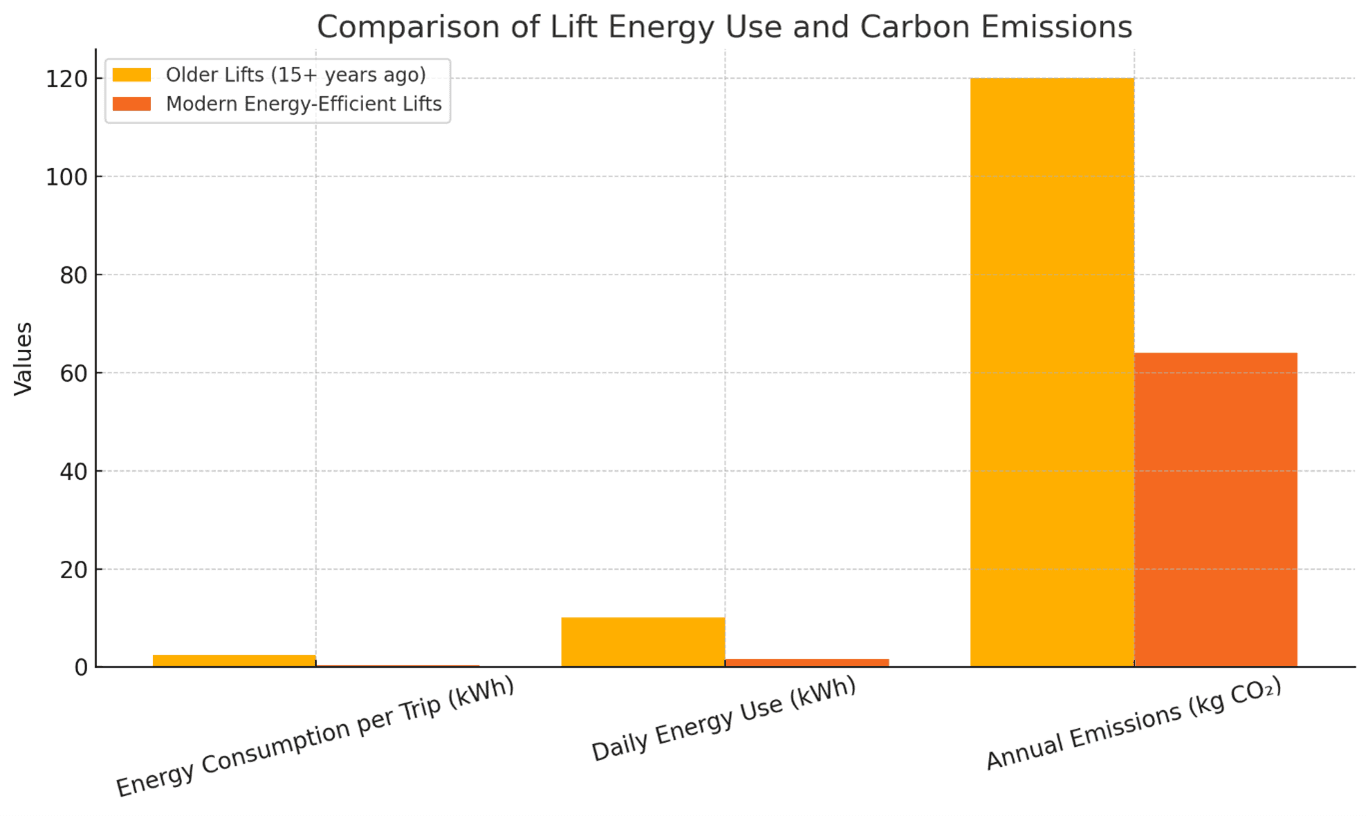
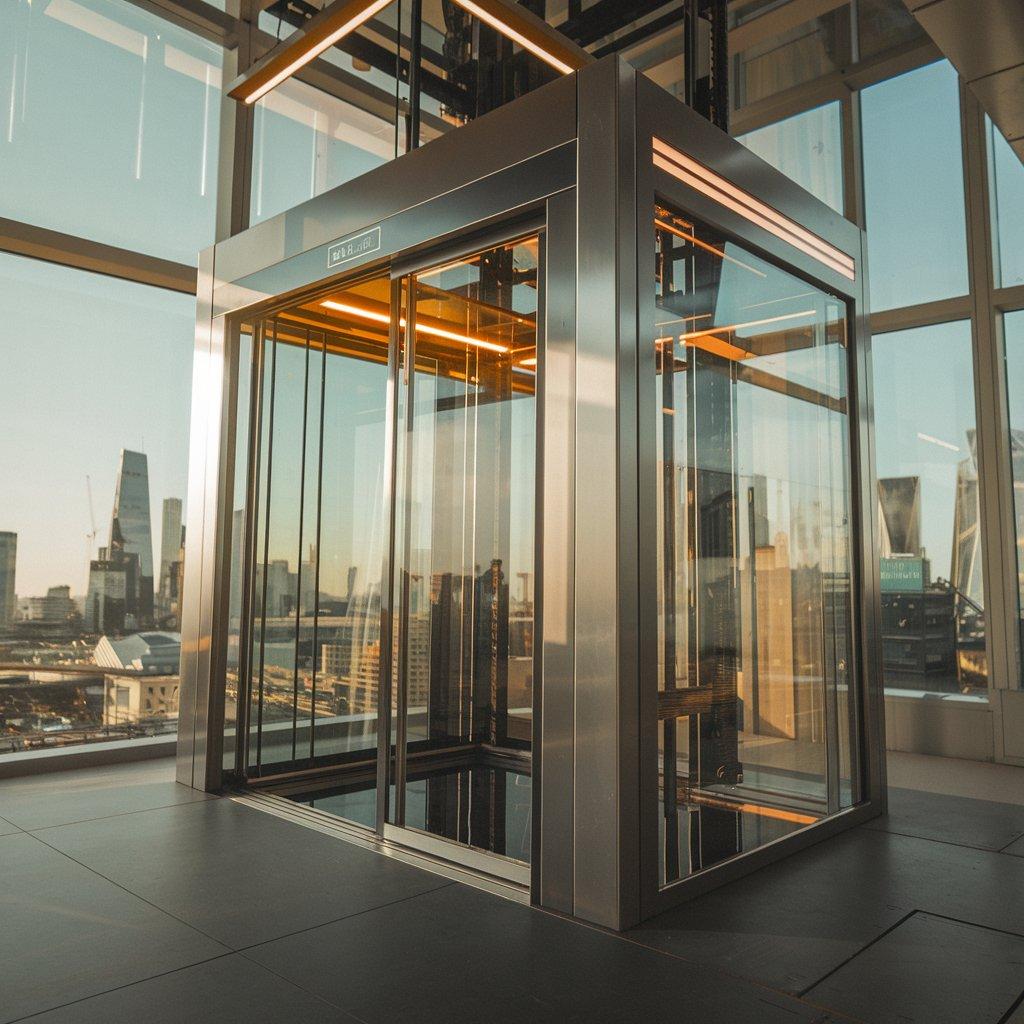
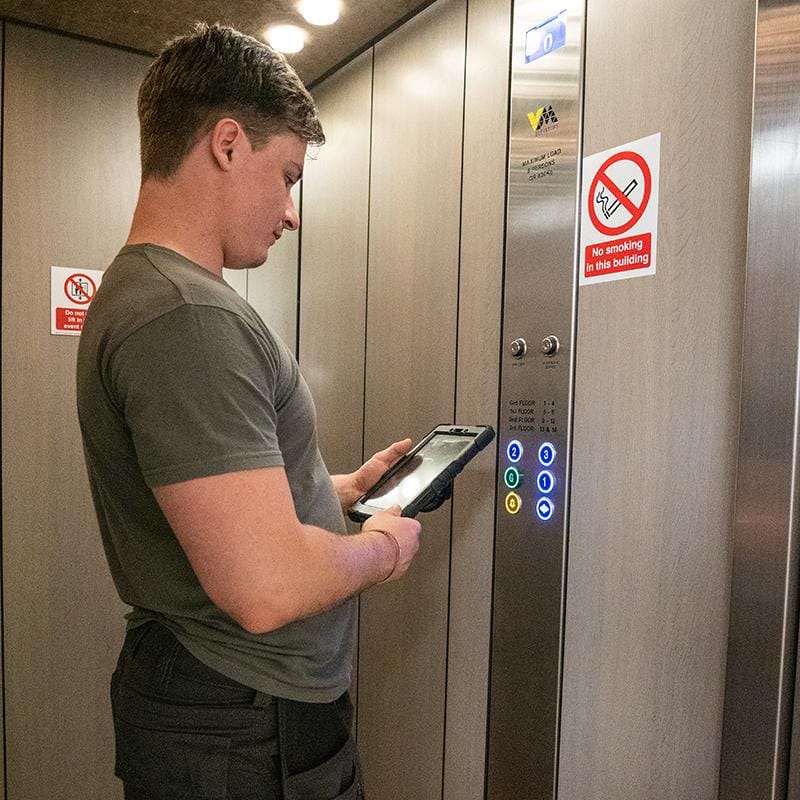

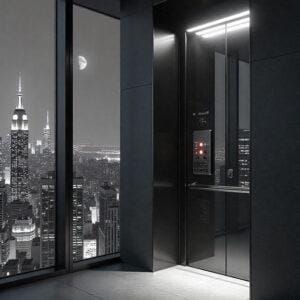

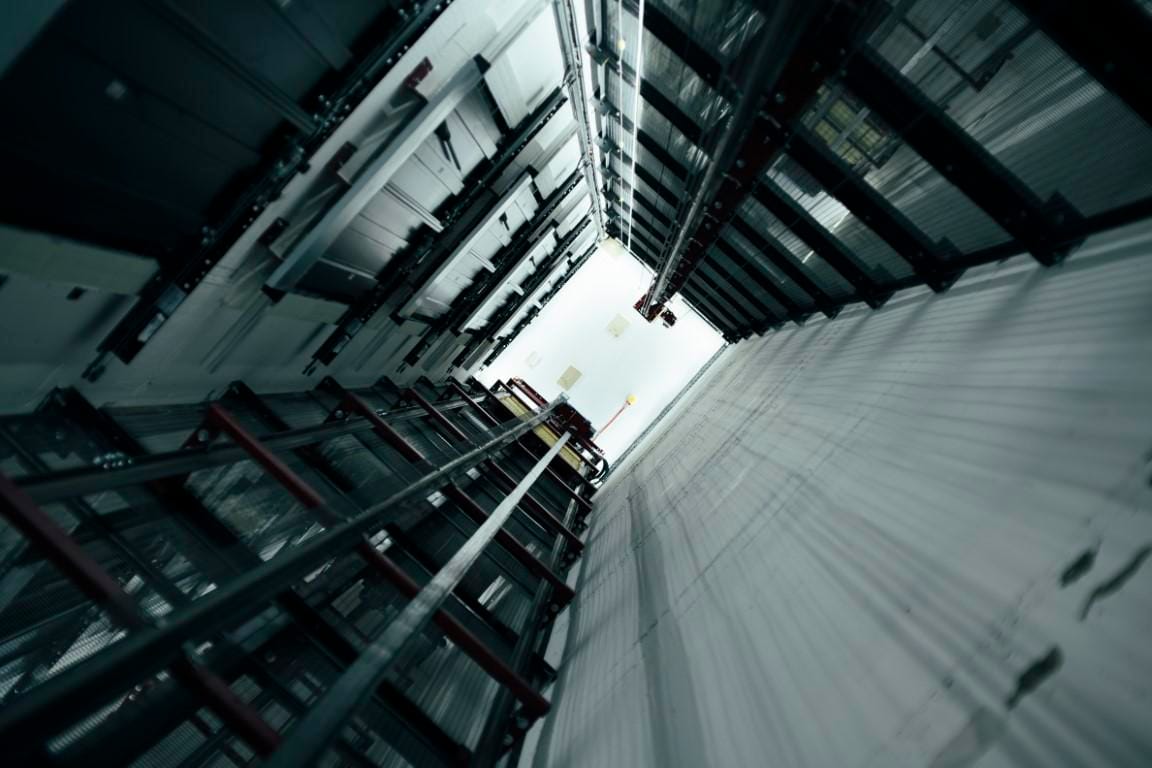 What are the signs that your lift is ready for an upgrade?
What are the signs that your lift is ready for an upgrade?
